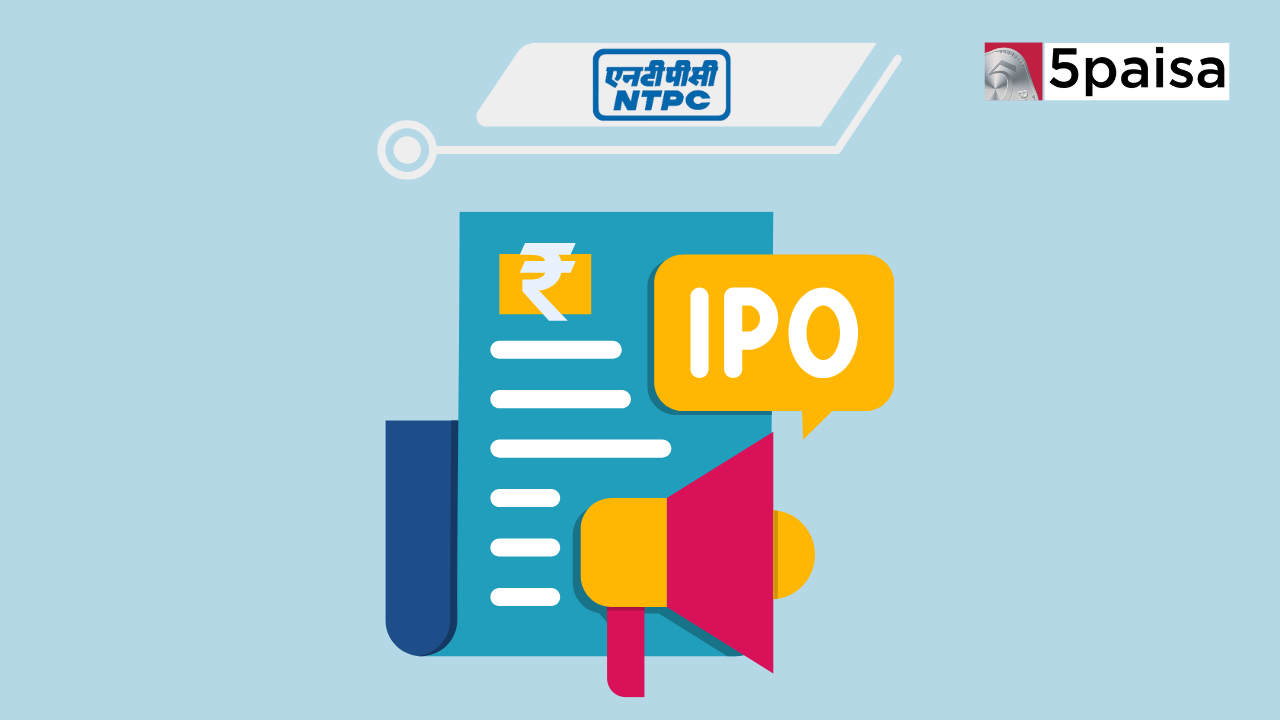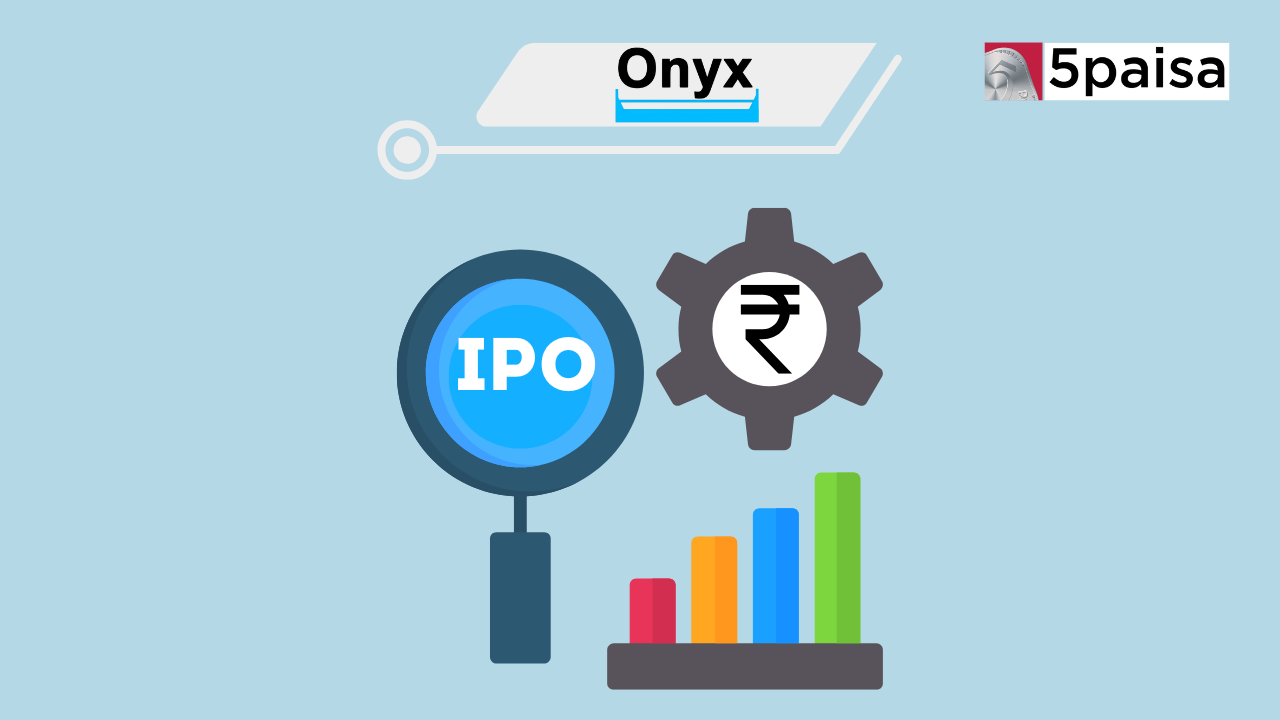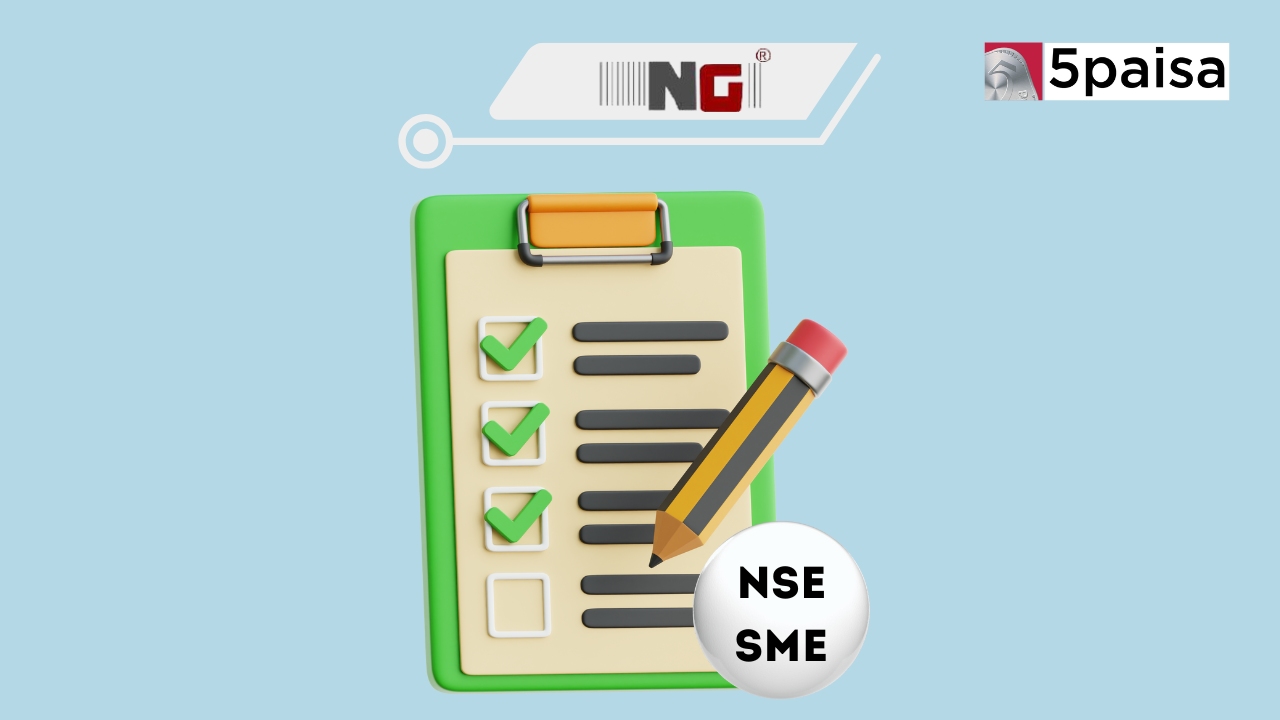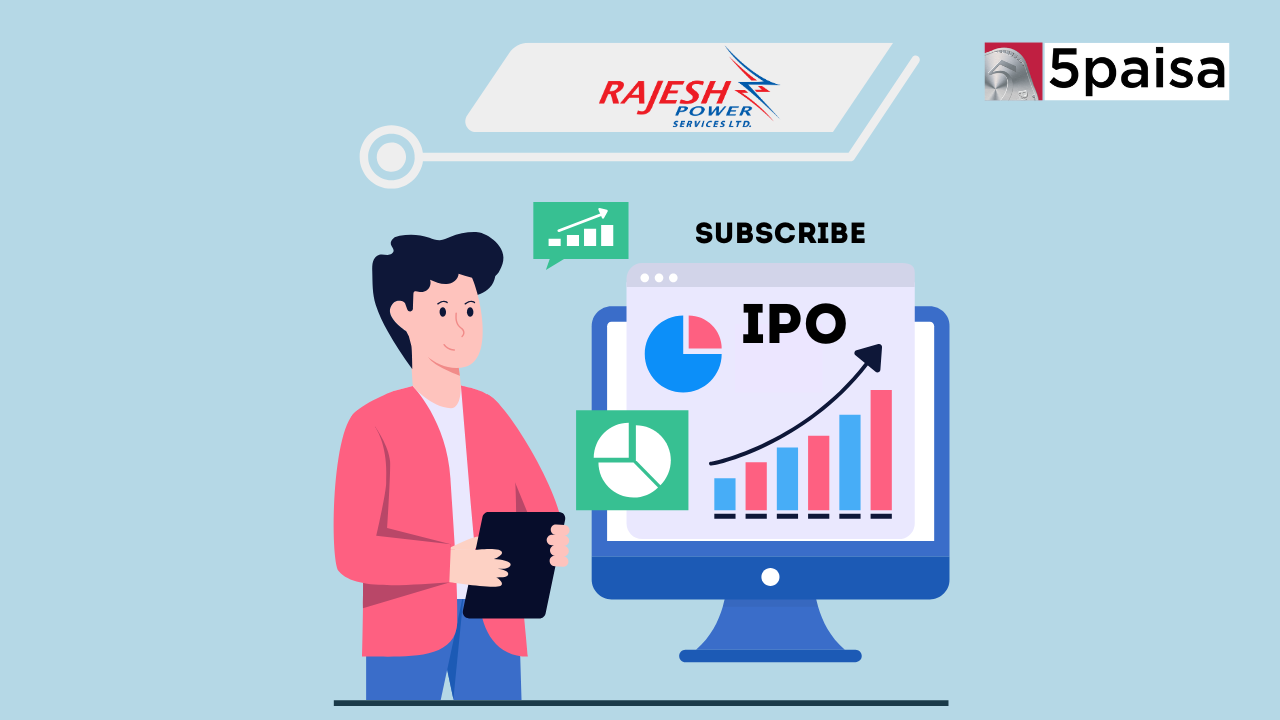NTPC Green Energy IPO - Day 1 Subscription at 0.14 Times
RBI Keeps Repo Rate at 6.5% Again for the Ninth Time; What This Means for You?

Last Updated: 8th August 2024 - 02:04 pm
Reserve Bank Governor Shaktikanta Das announced on Thursday that the benchmark interest rate will remain at 6.5%, marking the ninth consecutive time the rate has been held steady over the past 18 months.
"The Monetary Policy Committee (MPC) decided by a 4:2 majority to keep the policy repo rate at 6.5%. As a result, the standing deposit facility (SDF) rate remains at 6.25%, and the marginal standing facility (MSF) rate and the bank rate remain at 6.75%," stated Das.
The MPC has also chosen to maintain the current monetary policy stance of withdrawing accommodation. Additionally, the committee has kept the growth projection for the current financial year unchanged at 7.2%.
Das mentioned a significant alignment between market expectations and the RBI’s policies. He maintained the growth forecast for FY25 at 7.2% but revised the Q1FY25 forecast down to 7.1% from the previous 7.3%. "We have slightly adjusted the growth projection for the first quarter of the financial year based on updated high-frequency indicators related to anticipated central expenditure and core industries," Das explained.
Das also voiced concerns over the rising disbursements of top-up home loans, urging lenders to take corrective actions. He warned banks about potential structural liquidity issues due to declining deposits.
The governor noted that inflation is generally on a downward trend, and the base effect in the third quarter may significantly lower overall inflation. However, he pointed out that high food inflation in the first quarter of FY25 could slow the disinflation process and impact household inflation expectations. He also highlighted that household consumption is boosting demand.
Das projected retail inflation at 4.5% for the current fiscal year, assuming normal monsoon conditions, and anticipated relief from the southwest monsoon. Improved agricultural activities are expected to enhance rural consumption prospects.
He observed that the manufacturing sector is gaining momentum due to rising domestic demand, while the service sector continues to thrive. The governor reported that the rupee remained largely stable in August and that the country's financial system remains resilient, supported by broader macroeconomic stability.
The RBI has maintained its Consumer Price Index (CPI) inflation forecast for FY24-25 at 4.5%. While headline inflation rose in June due to higher food prices, Das indicated that the base effect would reduce inflation numbers in the third quarter. He added that food prices likely remained high in July, but a relief in food inflation is expected with the southwest monsoon's progress.
The limit for UPI transactions has been increased from ₹1 lakh to ₹5 lakh per transaction. Previously, the UPI transaction limit was ₹1 lakh per day, but some categories like Capital Markets, Collections, Insurance, and Foreign Inward Remittances had a ₹2 lakh limit, and for Initial Public Offering and Retail Direct Scheme, the limit was ₹5 lakh per transaction.
Das noted that banks are struggling to meet credit demand due to falling deposits as retail investors seek more attractive alternative investments.
In his remarks, Das urged banks to focus more on mobilizing household deposits rather than relying on wholesale resources for lending. “Banks are facing challenges in funding their loans with bank deposits. Consequently, they are resorting to short-term non-retail deposits and other liability instruments to meet incremental demand. This could potentially expose the banking system to structural issues. Therefore, banks should focus more on mobilizing household financial savings through innovative products and service offerings,” Das said.
Thursday’s policy announcement followed the 50th MPC meeting since its inception in September 2016. “The framework has effectively maintained macroeconomic stability even during periods of stress. Growth remains strong, and inflation is on a downward trajectory,” Das said.
He added that while the near-term outlook for global growth is positive, long-term challenges include demographic shifts, climate change, geopolitical tensions, rising public debt, and the advent of new technologies such as artificial intelligence.
Domestically, the governor noted that the monsoon is progressing as expected, there is a robust expansion of services, a turnaround in rural demand, and steady discretionary spending in urban areas supporting household consumption.
Trending on 5paisa
05
 5paisa Research Team
5paisa Research Team
Discover more of what matters to you.
IPOs Related Articles
Disclaimer: Investment in securities market are subject to market risks, read all the related documents carefully before investing. For detailed disclaimer please Click here.






